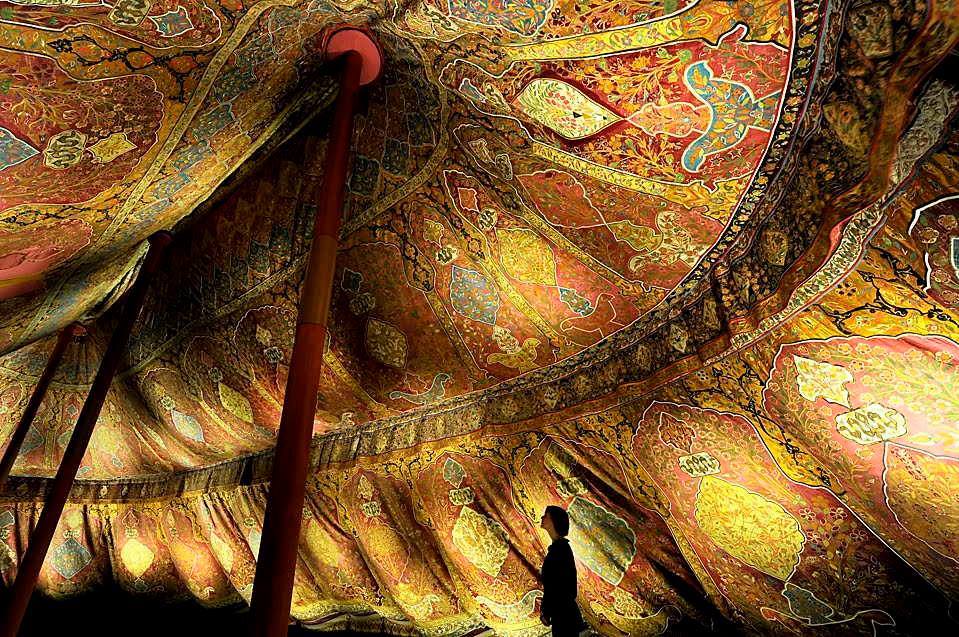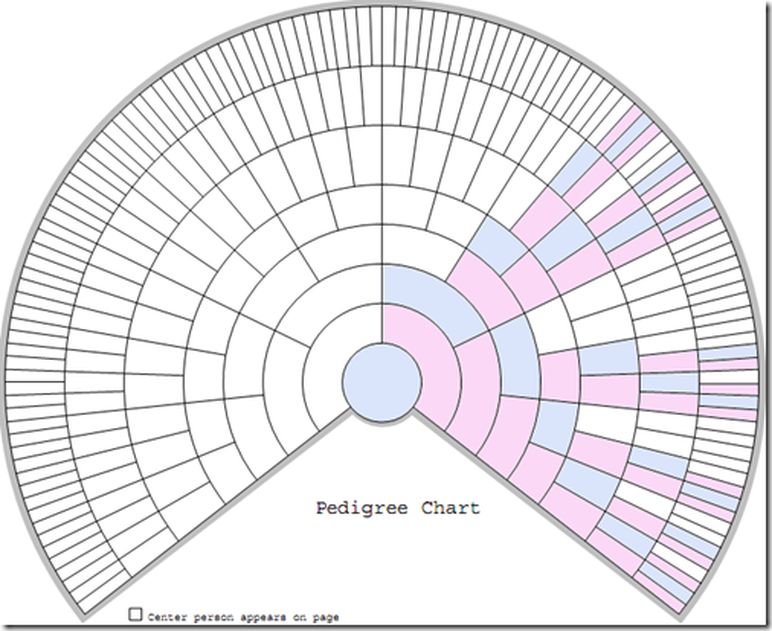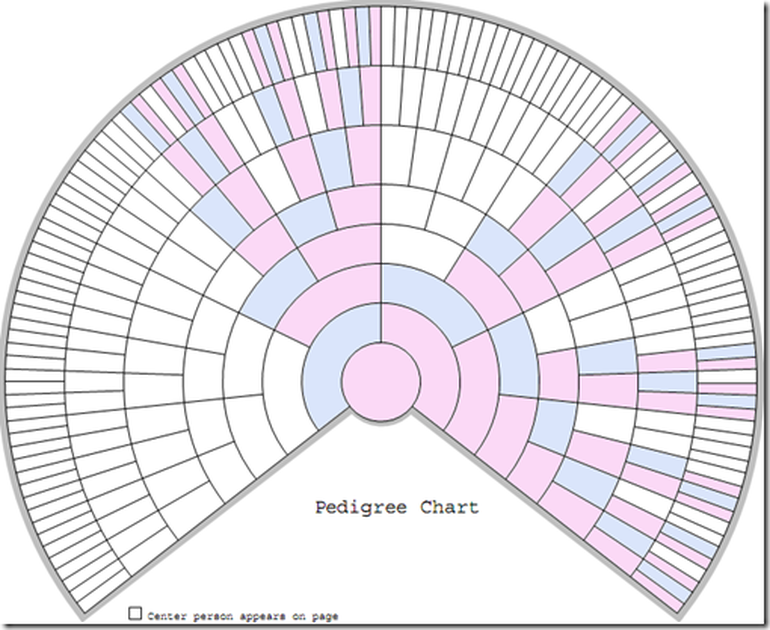Genetic Genealogy
Genetic genealogy can be extremely complicated, but most cases require only a basic understanding of our 23 pairs of chromosomes. Most chromosomes, you could say, are promiscuous. During the formation of egg and sperm, each chromosome inherited from the mother physically crosses with its counterpart from the father, and as the pieces mingle they freely exchange segments of DNA. This recombination gives our species great genetic diversity, and it’s the primary reason non-twin siblings are never genetically identical.
But the Y chromosome is chaste. The vast majority of its 50 million DNA letters do not swap with other chromosomes, passing almost identically from father to son, son to grandson, and so on. That means that when a genetic change spontaneously occurs in a Y chromosome, it can be passed down to male descendants forever, serving as a reliable marker of their paternal lineage.
But the Y chromosome is chaste. The vast majority of its 50 million DNA letters do not swap with other chromosomes, passing almost identically from father to son, son to grandson, and so on. That means that when a genetic change spontaneously occurs in a Y chromosome, it can be passed down to male descendants forever, serving as a reliable marker of their paternal lineage.
Male Inheritance (click to enlarge) – Male contributors are in blue and female contributors are in pink:
Female Inheritance (Click to enlarge) – Male contributors are in blue and female contributors are in pink:
Males, of course, have one Y chromosome from their father and one X chromosome from their mother. Females have two X chromosomes, one from each parent. The charts below trace back the inheritance of the X chromosome through the level of GGGGG-grandparents. At that generation, a person has 128 ancestors. Of these 128 ancestors, a male will have 21 people who potentially contributed to their single X chromosome (8 males and 13 females).
A female will have 34 potential contributors to her two X chromosomes (13 males and 21 females). Note: POTENTIAL contributors because it is unlikely that all these ancestors are equally represented in the X chromosome – it is more likely that some ancestors are completely missing while others are well-represented.
The number of X contributors at each generation follows the Fibonacci sequence of 1, 2, 3, 5, 8, 13, 21, 34, 55, 89, 144, 233 (HT: John Chandler). A male will start with 1 X contributor and then follows through the sequence, while a female will start with 2 X contributors and follow through the sequence (although the numbers will be different if there is recent overlap in your family tree).
At each generation, only 50% of a person’s DNA is passed to their children. That 50% is almost completely random. Further, at about 5-9 generations, ancestors start to completely fall off your Genetic Family Tree. This means that your Genetic Family Tree is a small subset of your Genealogical Family Tree, and without DNA testing you have no idea what subset that is. You cannot predict your biogeographical estimate. You can make a rough approximation, but you cannot reject a reasonable biogeographical estimate based solely on what you think it should be.
A female will have 34 potential contributors to her two X chromosomes (13 males and 21 females). Note: POTENTIAL contributors because it is unlikely that all these ancestors are equally represented in the X chromosome – it is more likely that some ancestors are completely missing while others are well-represented.
The number of X contributors at each generation follows the Fibonacci sequence of 1, 2, 3, 5, 8, 13, 21, 34, 55, 89, 144, 233 (HT: John Chandler). A male will start with 1 X contributor and then follows through the sequence, while a female will start with 2 X contributors and follow through the sequence (although the numbers will be different if there is recent overlap in your family tree).
At each generation, only 50% of a person’s DNA is passed to their children. That 50% is almost completely random. Further, at about 5-9 generations, ancestors start to completely fall off your Genetic Family Tree. This means that your Genetic Family Tree is a small subset of your Genealogical Family Tree, and without DNA testing you have no idea what subset that is. You cannot predict your biogeographical estimate. You can make a rough approximation, but you cannot reject a reasonable biogeographical estimate based solely on what you think it should be.



